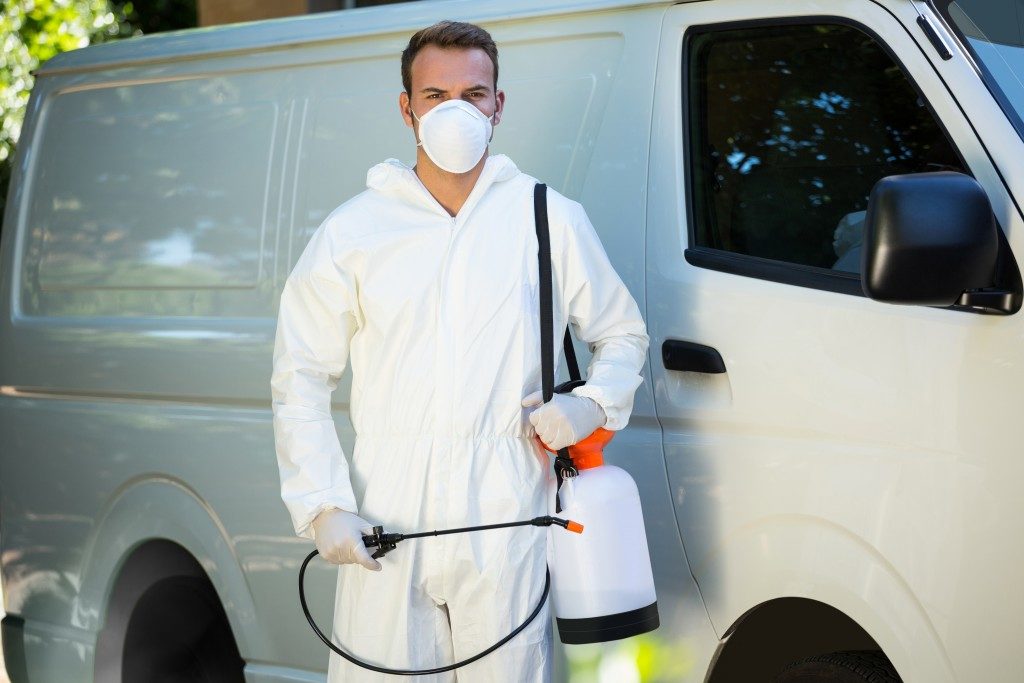No employer wants to be slapped with hefty fines for the lack of protective clothing in their workplace. As such, employees in almost every sector have different types of clothing to boosts their protection from various elements in their workplace.
When talking about protective clothing, most people will focus on the material used and whether or not it meets set OSHA standards. While this is important, employers overlook one crucial factor of protective clothing that makes a significant difference — its seams.
The seam of the product you pick from safety clothing manufacturers will determine your choice’s stitch type and density and the type of thread used. Consequently, it affects the degree of safety your clothing will offer.
If for instance, you want clothing which should tear off easily if caught by machines, the seam should be flexible. If on the other hand, your clothing should protect the wearer from chemicals or fire, then the seam ought to be strong enough not to leave any exposed parts.
The following are the seam options for work protective clothing in environments where your workers are exposed to chemicals.
Serged Seams
These are regular seams in which two material pieces are interlocked around their edges. The seams can face to the external or internal surface of your protective suit. External-facing serged stitches have optimal particle filtration but are unfortunately highly prone to abrasion.
Internal and external-facing serged seams are economical and generally suffice for workplaces where dry chemical particles and light liquid splashes are the primary hazards.
Bound Seams
These are used in types 5 and 6 chemical protective suits. Bound seams are sewn into folded strips using a binding material, which has a similar chemical resistant property as the underlying seam. These seams provide a higher particle and liquid chemical repellency than serged seams though they are not very liquid-tight.
Taped Seams
These use tape as the barrier which seals the gaps in your protective suit. The tape used is impermeable and chemical resistant and is applied using ultrasonic or heat sealing to accomplish a complete seal.
Taped seams are considered the best for gas-tight protective suits used in environments where wearers are exposed to hazardous gases. There also exist over-taped seams. These are stitched seams which are also sealed using a tape layer. The seams are liquid-tight and suitable for types 3 and 5 protective suits.
Glued Seams

These use an adhesive to seal the gaps in your suit. In the past, gluing was primarily used for darts, pleats, zippers, and pockets but nowadays also makes an ideal choice for hems.
Glued seams provide a clean look and avert water leakage into the suit while increasing the suit’s softness, breathability, and comfort and reducing its weight. They are generally used on protective suits made of unsupported rubber materials and coated fabrics.
The seals used in protective clothing differ from others since they should not be the weak point through, which various substances pass through the garment. The seams might be the last aspect you look at in your protective clothing. The wrong choice will, however, only expose your worker to the chemicals the suit should protect them from.

